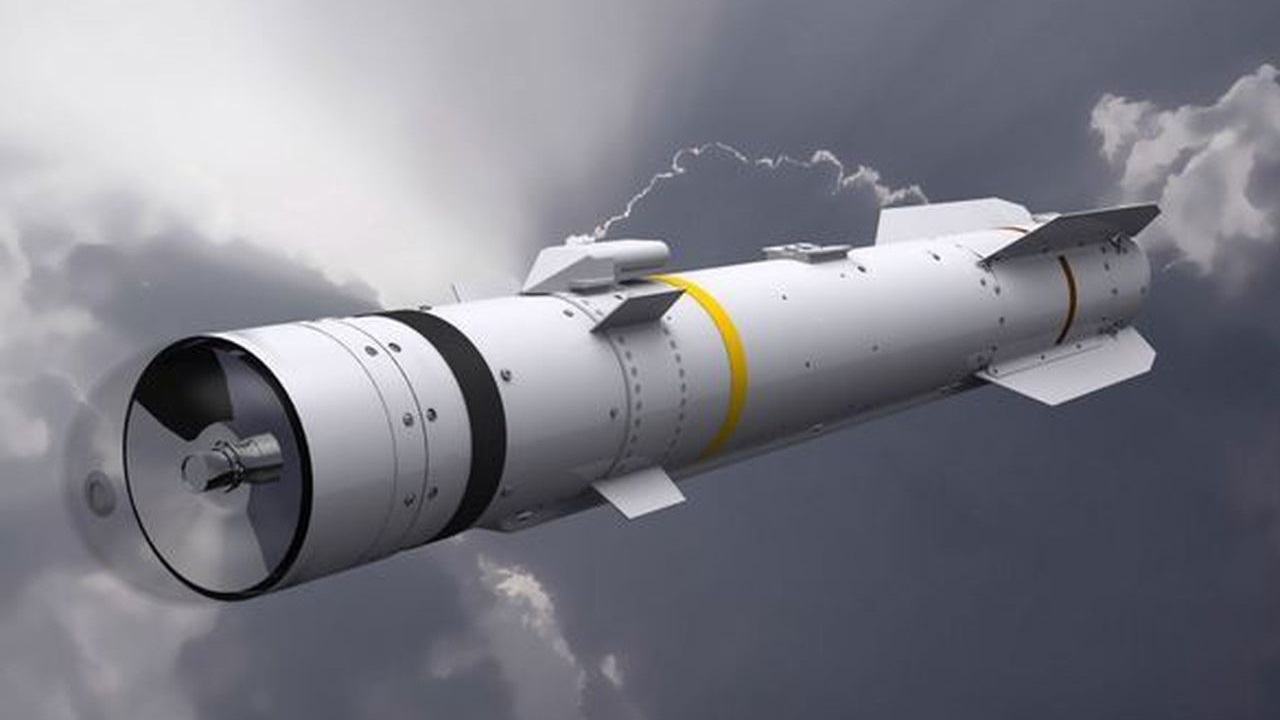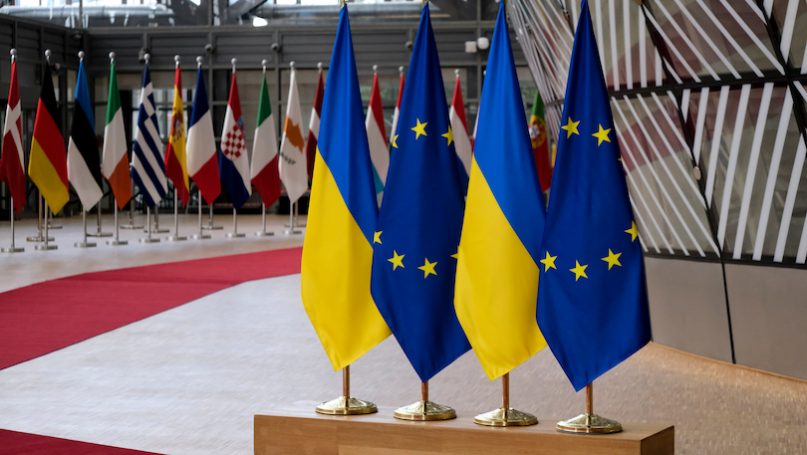Daniel Davis
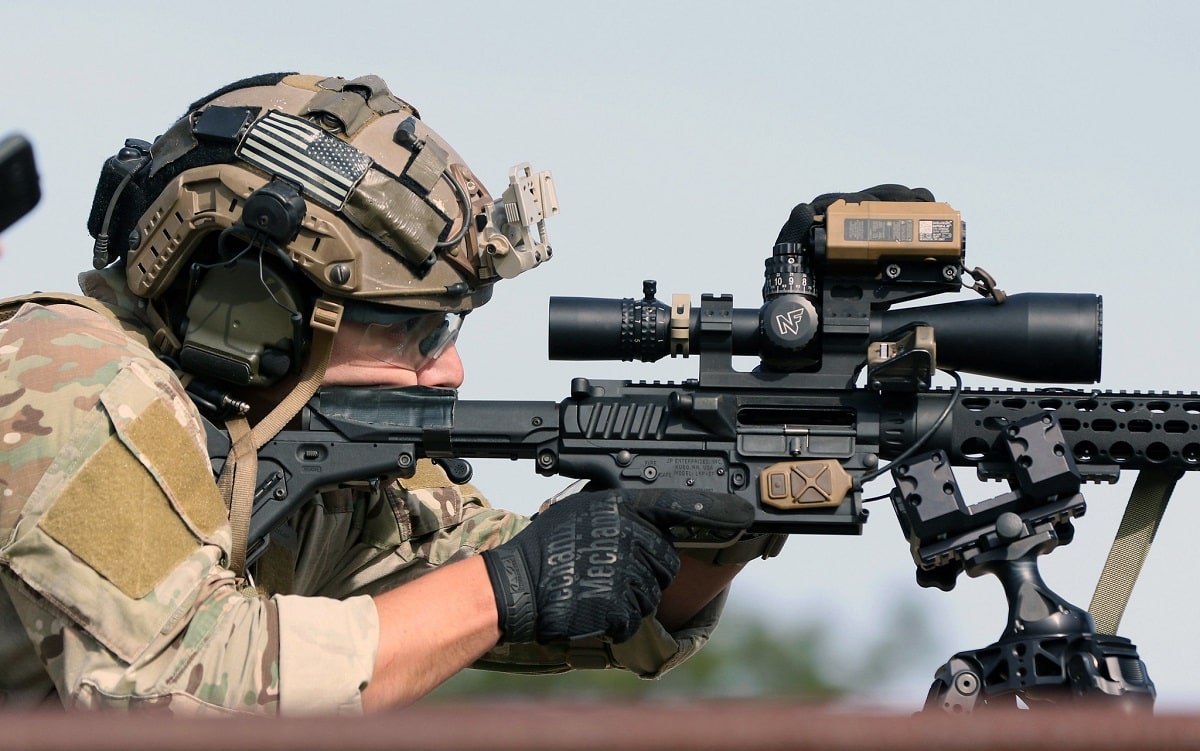
Listening to television commentary and interviews of retired U.S. generals, one would be forgiven for believing Russia is on the ropes, and Ukraine was winning the war. Looking at on-the-ground battlefield reality in Ukraine, however, it quickly becomes apparent that the generals’ boasts continue a decade-long trend of rosy combat proclamations that all too often turn out to be disastrously wrong. American media, Congress, and the public need to start applying a little more scrutiny to what these officers say.
For example, retired Gen. Ben Hodges said last week that the “Russians are exhausted,” from four months of fighting and that if “the West sticks together through this year, then I think (the war) will be over (early 2023).” Earlier this month, retired Gen. Mark Hertling told a CNN audience that as Ukraine “gets more and more artillery” from the West, Hertling concluded that he believes “you’re going to see a gradual turn in the tide.”
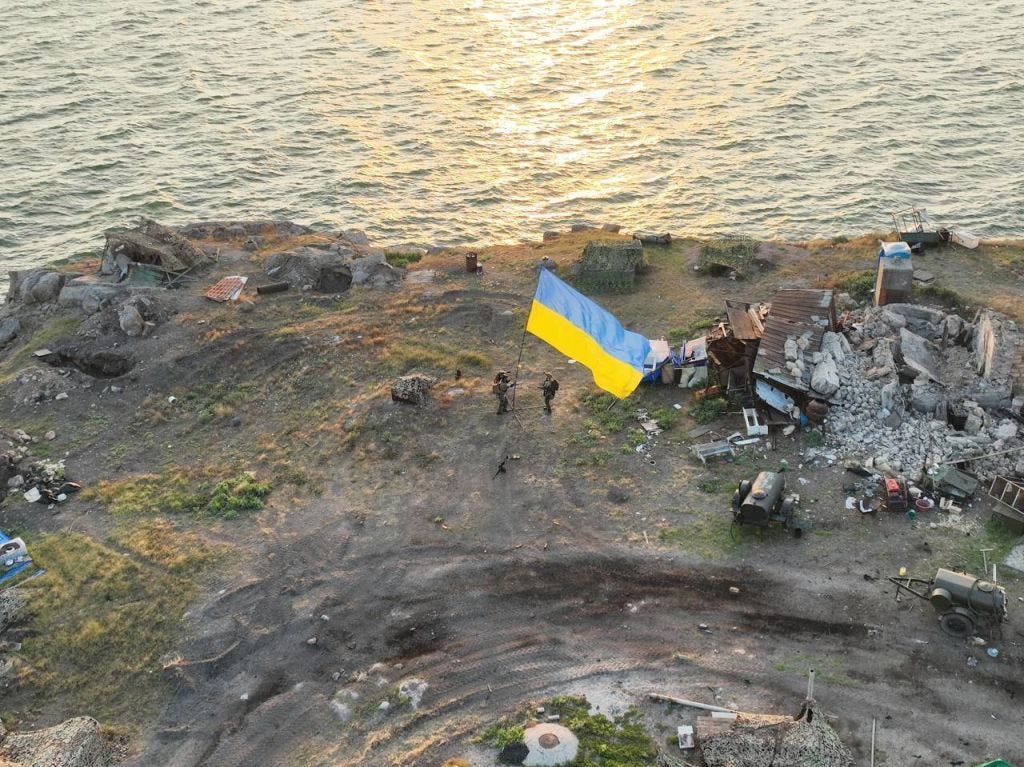


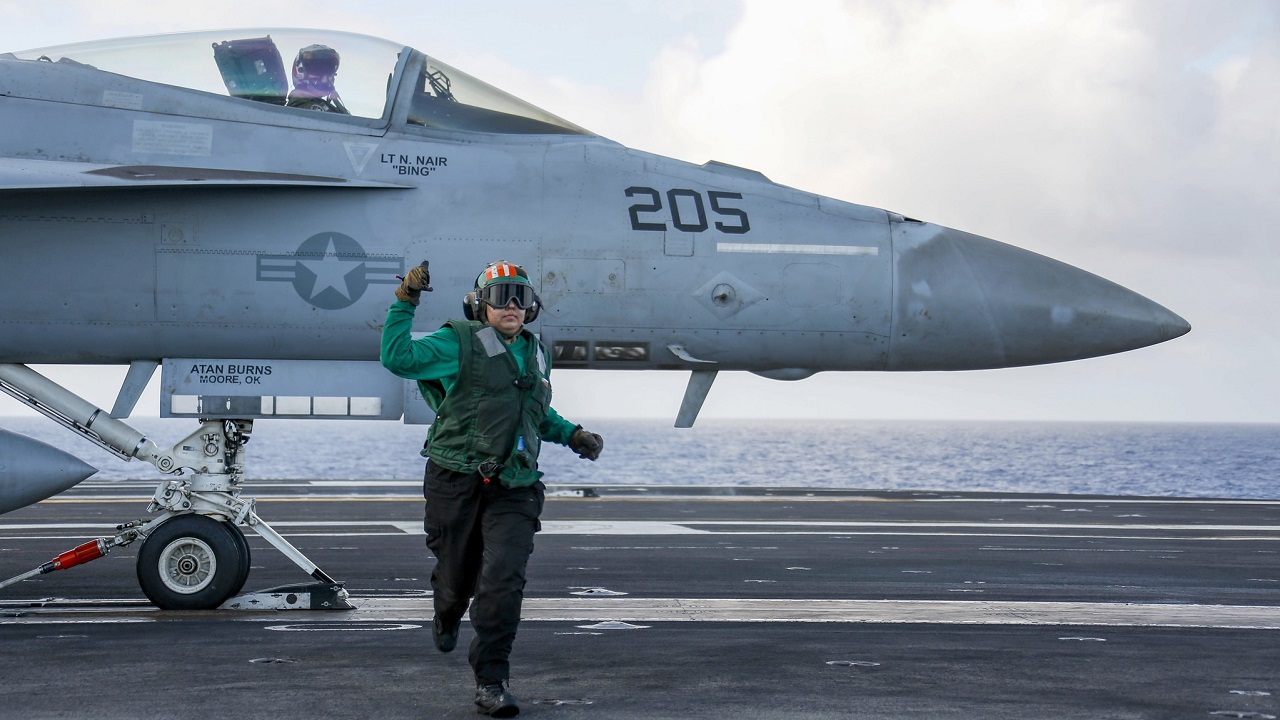
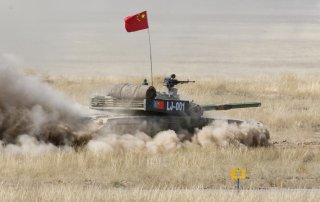
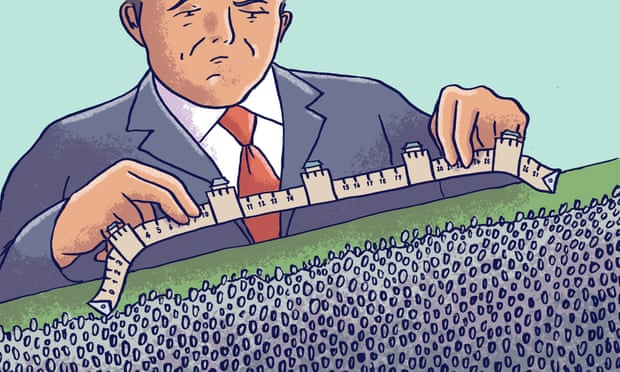

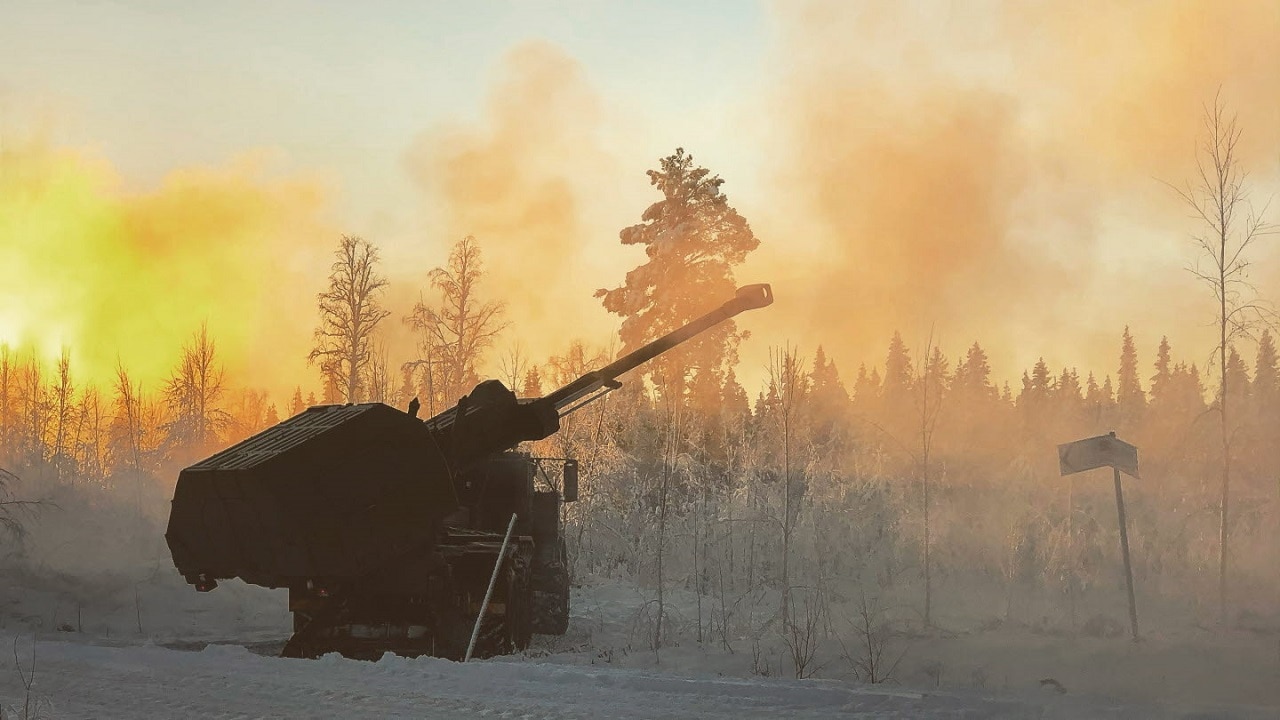
:quality(70)/cloudfront-us-east-1.images.arcpublishing.com/mco/W4X3NZ7PKJCW5OIYCPKPCZSHVQ.jpg)







:quality(100)/cloudfront-us-east-1.images.arcpublishing.com/thesummit/FSQNB5ZZF5DS7EW264VCH7EFX4.jpg)
